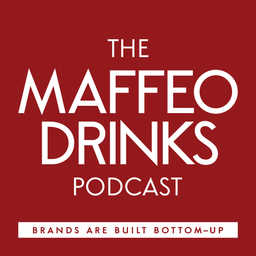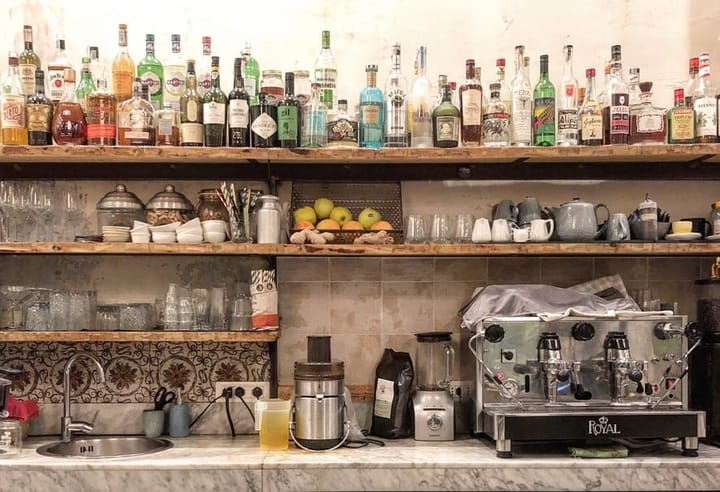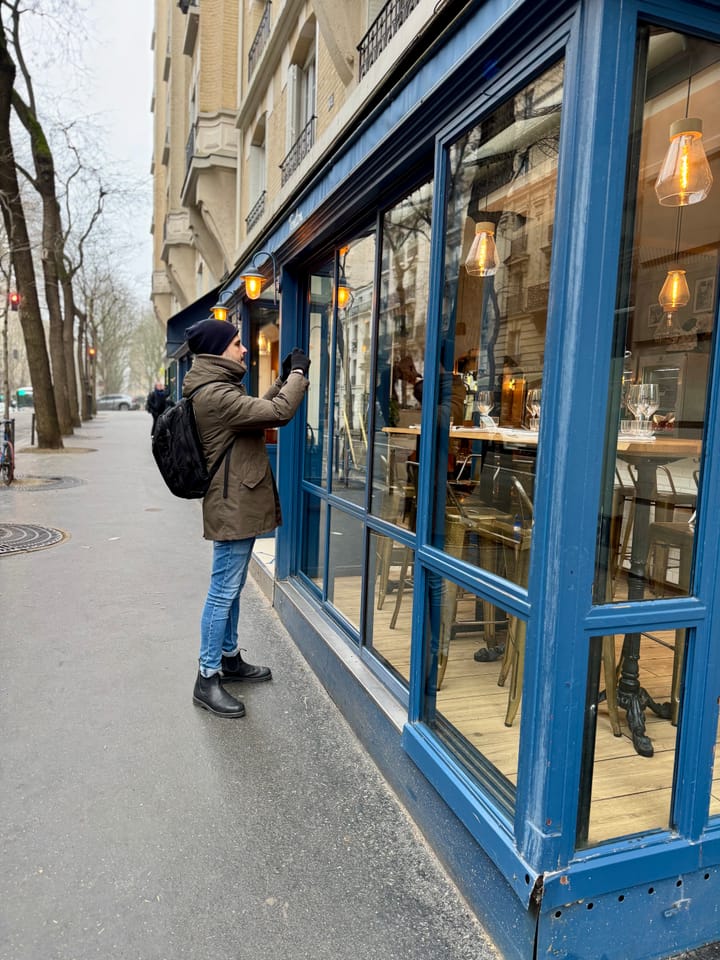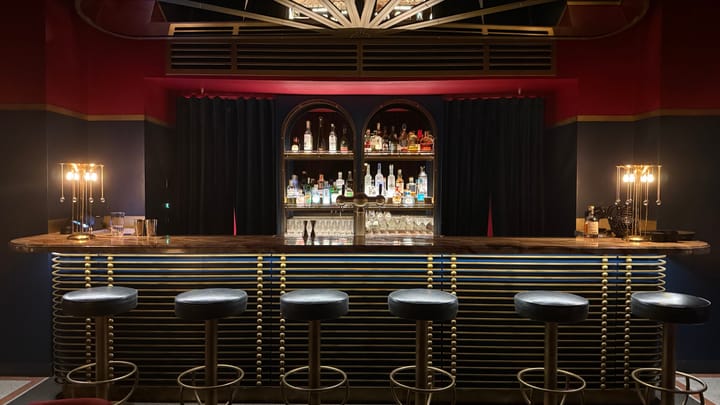Brands That "Lose Their Cool" Might Actually Be Winning Long-Term (A Contrarian View)
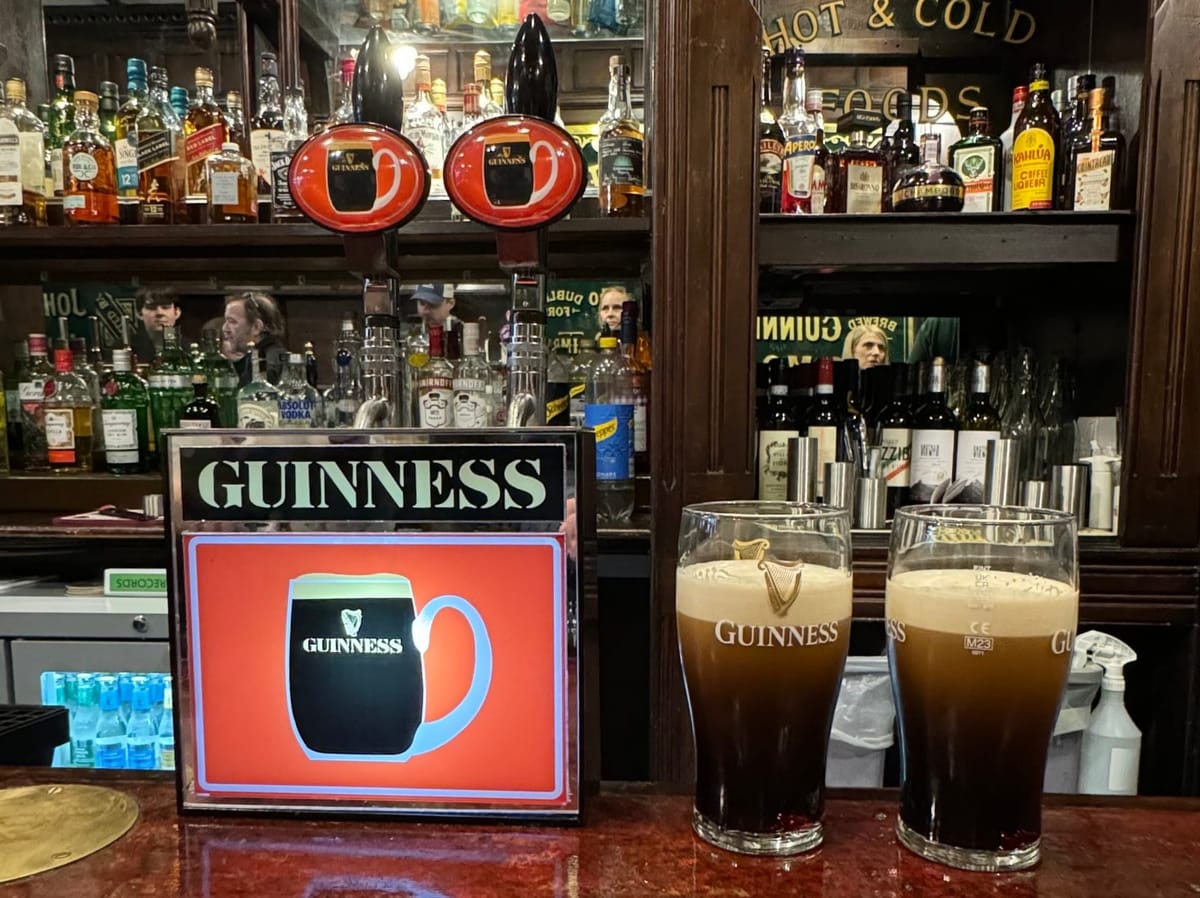
The MAFFEO DRINKS Guides is a bi-weekly email newsletter. With a systematized approach, it helps drink builders grow their brand from 10 to 10k cases. Each edition solves one clear challenge for subscribers. Some editions are free, and others are paid. Sign up here:
Today's issue tackles something that might make you uncomfortable. I will argue that brands going through a "not cool anymore" phase might be positioning themselves for stronger long-term success than those staying trendy.
I know, I know. This sounds counterintuitive. But hear me out.
Most brand builders I've worked with in the last twenty years panic when they see negative buzz about their brand "losing its edge" or "not being cool anymore." They immediately pivot, chase new trends, or completely overhaul their strategy. Rejuvenation needs lead to chasing Gen-Z or soon Gen Alpha, but it may be a downward spiral. I wrote a previous article about this some time ago:
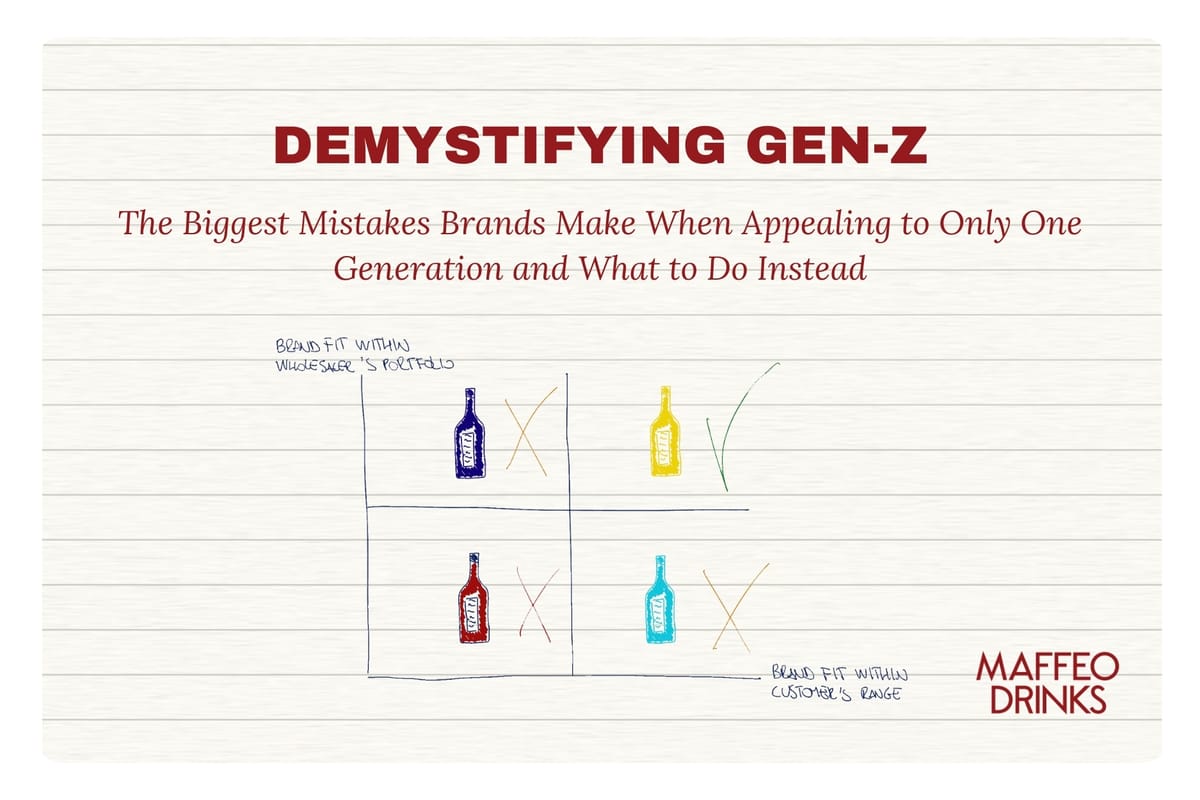
But what if that's precisely the wrong move? What if these brands are actually in a healthier position than we think?
Some days ago, I read a post on LinkedIn about how Guinness is now "back" after years of losing its cool.
In my view, Guinness had always been cool for its core drinkers, and they were never alienated. The brand wasn't "not cool anymore" for them it was still relevant, authentic, and connected to their identity.
The "not cool anymore" noise came from newer customers recruited during a trendy moment, but didn't connect with what Guinness represents. They were attracted to the fad, not the brand.
So here's my controversial take: Guinness wasn't failing, it was succeeding at shedding the wrong customers.


